Kelly is a former librarian and a long-time blogger at STACKED. She's the editor/author of (DON'T) CALL ME CRAZY: 33 VOICES START THE CONVERSATION ABOUT MENTAL HEALTH and the editor/author of HERE WE ARE: FEMINISM FOR THE REAL WORLD. Her next book, BODY TALK, will publish in Fall 2020. Follow her on Instagram @heykellyjensen.
Gender and sexuality are broad, wide-ranging identities. They’re fluid and can change throughout the course of anyone’s life. This is why statistics about queerness can be challenging to grapple with–per the Center for Disease Control’s 2021 Youth Risk Behavior Survey, nearly 1 in 4 teens identify as part of the LGBTQ+ community. That number is both quite telling, in that we know at 25% of today’s teens are queer, but it’s also not telling, because this is self-report data. We don’t know how many teens are not currently identifying with any of the LGBTQ2S+ labels because they don’t know or haven’t yet figured it out.
One of the confounding factors in any kind of self-report research like this is a teen’s culture. The further a teen is marginalized, the more difficult it can be to own up to additional identities that come with risk. Even if the data is anonymous, there’s risk, as much as there’s the reality that grappling with multiple identities is simply tiring, challenging work. This is sometimes called the bottleneck effect.
For Native, Indigenous, and Aboriginal (NIA) teens, grappling with tribal beliefs around gender and sexuality can be especially complicated. This, in addition to the systemic barriers in publishing for NIA authors, has made finding queer NIA YA books challenging for many years. We know that queer NIA teens are at great risk for mental health challenges–and that’s why these books are so important, both for NIA teens, as well as their non-NIA peers. But data on LGBTQ2S+ NIA teens still lags behind data on LGBTQ+ peers who aren’t from NIA communities.
It would be overselling things to say that we’re finally seeing a robust ecosystem of queer YA books featuring Native, Indigenous, and Aboriginal teens. But the landscape is so much stronger than it was even five years ago.
Find below a roundup of Native, Indigenous, and Aboriginal YA fiction featuring queer characters and storylines. Many of the authors of these books have even more LGBTQ2S+ NIA YA as well. These books also span what it means to be NIA, meaning that they’re set across the world and told through authors who span the globe.
Whats Up in YA
Sign up for What’s Up In YA? to receive all things young adult literature.
The Boy From The Mish by Gary Lonesborough
Summer has hit the Mish, and Jackson is relishing in everything he loves: Christmas, hanging with his friends, teasing the tourists. But when Jackson’s aunt and little cousins come to visit from the city, they’re bringing with them a mysterious boy. The boy has a troubled past, but it’s not long before Jackson and the boy forge a fast friendship.
Except as the summer continues, Jackson’s beginning to think that it’s not a friendship. It’s something more.
Elatsoe by Darcie Little Badger (first in a series)
Elatsoe lives in an alternative America. It’s forged on the magic and wisdom of the Indigenous people and immigrants. Ellie has the skill of raising the spirits of the dead, and she’s done so with her dog Kirby.
So when Ellie’s cousin dies mysteriously–sure, people say it’s a car crash–she knows she needs to get to the bottom of what actually happened. To figure out what happened, she’ll be tapping the wisdom and knowledge of best friend, her family, and the spirit of her many-great grandmother also named Elatsoe.
Little Badger has noted that the main character in the book is asexual.
Fire From The Sky by Moa Backe Åstot, translated by Eva Apelqvist
Fire From The Sky follows Ánte, who lives a very traditional Sámi life. The Sámi are Indigenous people of what are today the northern reaches of Scandinavia and parts of Russia, known for their reindeer herding. Ánte knows as the only child, he’ll be responsible for the future of the reindeer, but he’s starting to develop some really strong feelings for his best friend Erik. But expressing those feelings may not be as easy as Ánte wishes they could be.
Enjoy a queer love story in translation from Swedish.
Godly Heathens by H.E. Edgmon (first in a series)
Nonbinary Seminole teen Gem lives in a small Florida town, and they’ve been the person that has been The queer teen to their peers. Gem feels like a mess all the time, and they tamp down that anxiety best they can. The only person who seems to understand them is a trans kid they know from Brooklyn named Enzo. Not super helpful in Florida.
The thing Enzo doesn’t know is that Gem has been haunted by visions of magic and violence. So imagine their surprise when a new girl in town, Willa Mae Hardy, seems to know everything about Gem and those visions. It’s not possible, right?
Gem is attacked by someone claiming to be the Goddess of Death, and Willa Mae steps in to save them. It’s then Willa Mae reveals that she and Gem are reincarnated gods and their time has come.
Into the Bright Open: A Secret Garden Remix by Cherie Dimaline
The premise for this one is hooky enough to not offer a huge description. This is a queer and Indigenous retelling of the classic The Secret Garden.
Those Pink Mountain Nights by Jen Ferguson
Set over the course of a short time frame—one week—and mostly in the Pink Mountain Pizza shop, the story follows three teens who work there and their array of concerns, especially as the shop’s owner announces the place has been sold. There’s Berlin, an overachieving Native teen; Cameron, whose cousin Kiki went missing and is among the numerous Native women and girls whose stories go untold; and there’s Jessie, a rich girl who doesn’t need the job but wants to prove she is more than what her family tells her that she is. The story begins with Berlin seeing who she believes to be Kiki and involves an array of big, meaty topics, including anti-Blackness, the challenges of progress vs. that of embracing change, the realities of missing Native girls, women, and Two-Spirit people, and so much more.
Read your way into more Native literature, starting with a look at the growth of Native literature for young readers, more queer Indigenous reads across age categories, and some excellent Native YA nonfiction.

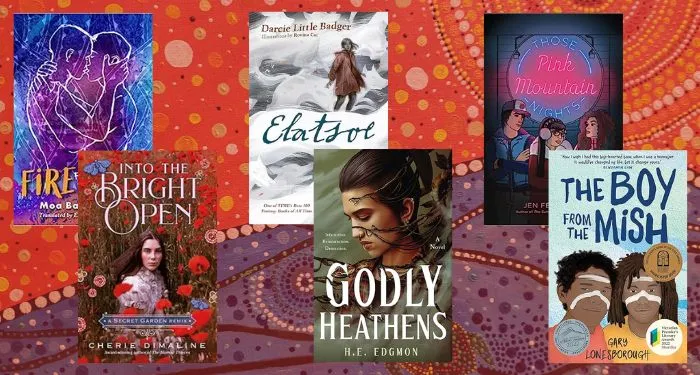






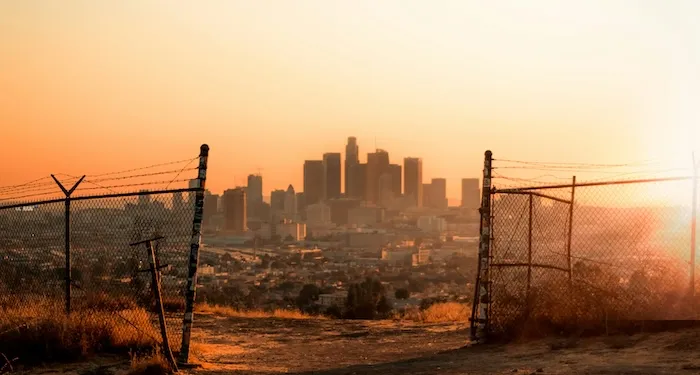


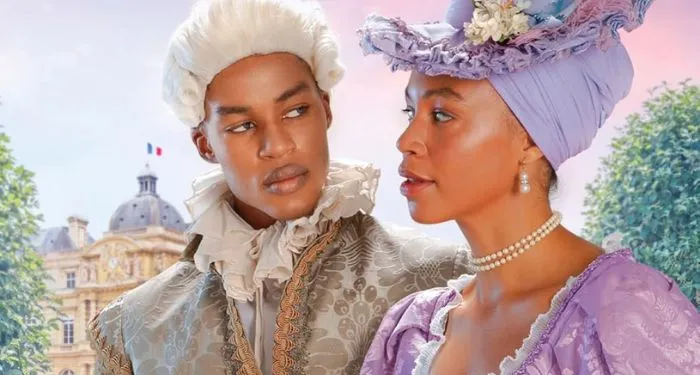
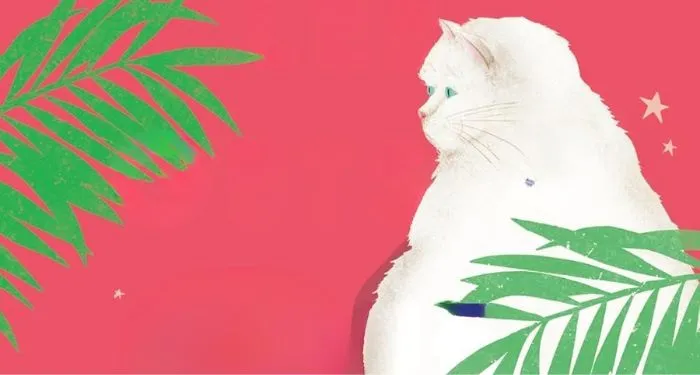

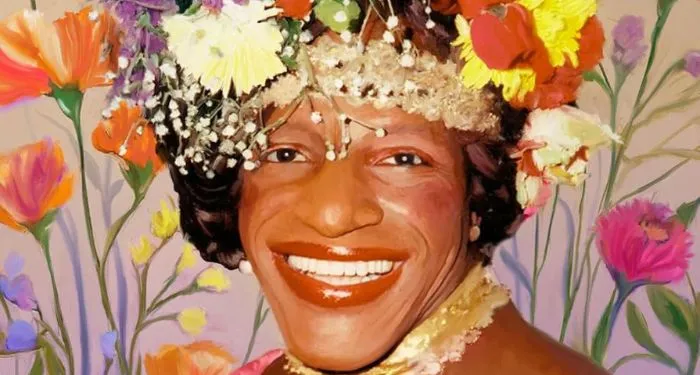





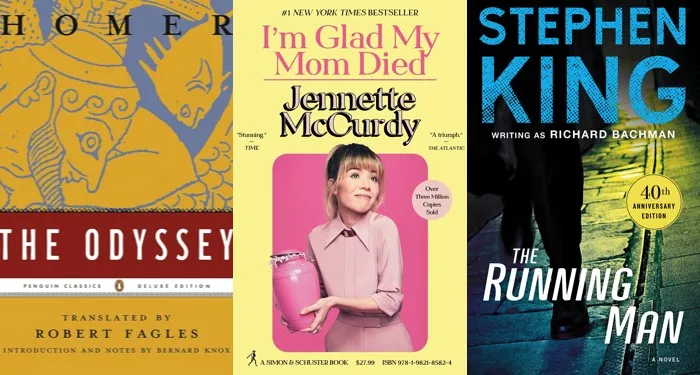





 English (US) ·
English (US) ·